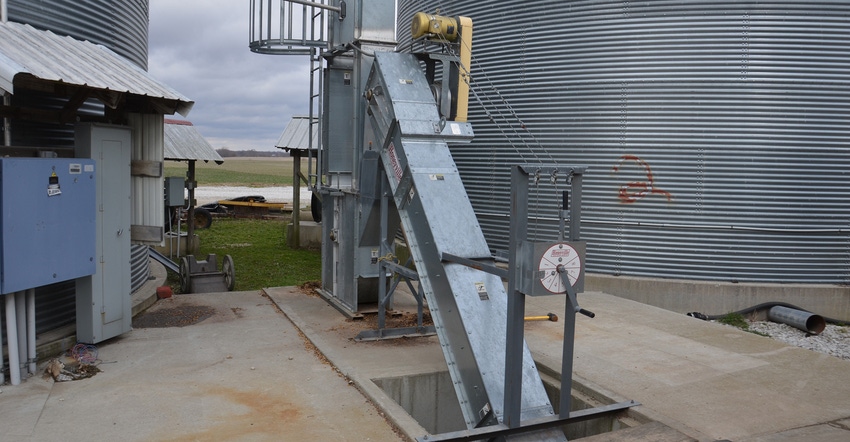
No, this isn’t another ho-hum article about cleaning grain bins. It starts with advice most articles ignore.
“There are many things you can do to reduce chances for storage problems, and we will talk about them,” says Gary Woodruff, district sales representative and grain specialist with GSI. “But the most commonly ignored issue by far is debris under the full aeration floor.
“You can clean as much as you want inside the bin, but mold and insects will be harbored if the plenum area is not cleaned and/or treated.
“The other issue often ignored or minimized is weeds and debris around the bins. If not controlled, the result is often rodent and insect infestations.”
Woodruff shares more advice in the following interview:
How thoroughly must a grain bin be cleaned before refilling? Mold is always present in grain. The best way to deal with mold is to keep it from growing and becoming a problem by using good loading and storage practices. Choose the right grain moisture to store based upon your intended storage time. Control grain temperature to keep it in good condition. It’s important to get all residue from the previous year removed from the bin, including any stuck to the walls, immediately after emptying the bin. The cleaner the bin is before harvest, the less likely molds that produce aflatoxin will be carried into next year’s grain.
How can you make cleaning effective but still practical? A preventative spraying for insects with an EPA-approved insecticide should also be applied, using proper apparel and breathing mask protection rated for insecticides. As noted, debris under the aeration floor can be a problem as well. Plenum doors are available, which allow yearly blowing out of the plenum. Otherwise, the floor will have to be taken up and the area cleaned, or you will wind up with problems as noted earlier.
What safety practices should you follow when working inside an empty grain bin? Any time you are working in a bin, it’s best to have another person on-site, preferably outside of the bin. That person can help if there is a problem and help is required. Proper apparel and effective breathing protection should be used. Wear a NIOSH-approved and certified N95 dust mask respirator or one of the higher-quality masks available.
These masks gained attention during the COVID-19 pandemic. When it comes to protecting yourself and your employees from grain dust, an approved N95 mask is effective.
Bill Field, a Purdue University Extension safety specialist, reminds you that grain bins are considered confined spaces. He and his staff conduct a nationwide survey of injuries and deaths which occur in confined-space accidents each year. Even when a grain bin is empty, it’s still a confined space, Field notes. You’re dealing with dust and debris, which may contain molds. And if you’re still cleaning out the last bit of the previous crop, you may be operating a sweep auger. He urges caution when working in these conditions.
About the Author(s)
You May Also Like




